#fiat
Fiat Shows Future Product
Billed as the next steps in Fiat’s product lineup, the brand has hauled the (digital) sheets off an array of new models which are all said to share a common global platform.
The Abarth 600e Brings Electrified Performance in a Compact Shape
We’ve seen a few Abarth-branded vehicles here in the States, but the Italian performance shop has a long line of vehicles that never graced our shires. The latest might be the 600e, or Scorpionissima, an all-electric hatchback with ties to the vintage Fiat 600 from decades ago.
Italy Might Soon Own a Chunk of Stellantis
Italian car buyers haven’t warmed to EVs with the same enthusiasm of other European countries, but the government looking to change that. Beyond investing with incentives and other efforts, the Italian government could take a stake in Stellantis, owner of Alfa Romeo, Maserati, and Fiat. The automaker and government have been at odds for a while, as Setllantis has moved away from Italian auto production in favor of less expensive markets.
Scrapyard Find: 2010 Peugeot Bipper, Royal Mail Edition
Last week, I joined fellow car writer Andrew Ganz on a four-day trip to Northern England, with one of Great Britain's two Ewe Pullet-style self-service junkyards as our primary destination. This was the U-Pull-It in York, and today's Junkyard Scrapyard Find is one of the more interesting products of the Société Européene de Véhicules Légers during the 2000s.
Opinion: Making Sense of the Stellantis Auto Show Decision
News broke earlier this week that Stellantis would pull out of auto shows, including the upcoming Chicago Auto Show, for the foreseeable future.
Fiat Revives 500e As Limited Edition Luxury Item
Despite being pulled from our market in 2019, the Fiat 500e is coming back. Stellantis announced the model’s return in 2022 and has recently shared its specifications and pricing.
The vehicle remains a pint-sized runabout best suited for urban environments and short trips. But it is more useful than its predecessor with the 42-kWh battery pack yielding 149 miles between charges using the EPA’s testing protocols. That’s superior to the Mini Cooper SE and matches the Nissan Leaf S. Though the Fiat has additional tricks up its sleeve by way of faster charging options and liquid-cooled batteries that should (in theory) result in more consistent performance.
Fiat Introduces 600e Across the Pond
The very Italian marque Fiat continues to roll out new products – in markets not named North America, of course. This time, we learn it is launching the all-electric 600e, sized larger than the 500e since it is intended to play in the B-segment.
And by “very Italian”, we, of course, mean its newest vehicle shares structure with a Jeep.
Abarth 500e Ties Itself With Hollywood
Collabs between car companies and the movie industry are nearly as old as the automobile itself; witness the innumerable tie-ups which have zipped their way across the silver screen. This year, Fiat is drumming up interest in its new Abarth 500e by attaching itself to the Mission: Impossible franchise.
Uncle Topolino: Fiat 500e to North America in 2024
If you’re in the market for a pint-sized electric car with a dose of Italian flair, Fiat – yes, you remember them – will have an option for you a couple of years from now.
Rare Rides Icons: The History of Kia's Larger and Full-size Sedans (Part IX)
It’s time once again for more Kia large sedan goodness. Like last time, we pick up in the early 2010s. Kia’s second full-size sedan developed under Hyundai’s controllership was the K7, or Cadenza in all markets outside South Korea. Pitched as a value-priced premium front-drive car, it competed against the likes of the Toyota Avalon and Nissan Maxima, but lacked any defined comfort or sporty characteristics. Cadenza also had a bland corporate design courtesy of the company’s new Euro-like styling mission, and former VW designer Peter Schreyer.
Shortly after the Cadenza went on sale, Kia turned its sights toward an even larger sedan: A new rear-drive one to occupy the luxury space, a class above the Cadenza. It was the largest car Kia offered in nearly two decades, the first rear-drive Kia since the (Mazda Sentia) Kia Enterprise of 2002, and the first rear-drive sedan Kia ever sold in the North American market. It’s time for K9.
Rare Rides Icons: The History of Kia's Larger and Full-size Sedans (Part VIII)
We return to Kia’s large sedan history today, at a point shortly after the launch of the K7. Kia’s full-size front-drive for the 2010s, the K7 was called Cadenza in all export markets, and was a successor to the unfortunately styled Opirus (Amanti in North America). Kia hired Peter Schreyer from his longtime employment at Volkswagen Group in order to usher in a new stylistic era at Kia.
Though it went on sale for the 2010 model year, Kia wasn’t quite ready to send the Cadenza to the North American market. With the market’s general rejection of the Amanti in mind, Kia called on Schreyer to refresh the Cadenza and lux it up before its North American launch.
Rare Rides Icons: The History of Kia's Larger and Full-size Sedans (Part VII)
We return to Kia’s midsize-or-larger sedan history today in the latter portion of the 2000s. In our last entry, we learned about the Optima, which arrived as Kia’s first midsize developed under Hyundai’s majority ownership. Sensibly the Optima was a light rework of Hyundai’s Sonata, and the two shared almost everything (including very poor crash safety ratings).
On the more executive full-size side of the lineup, Kia’s Opirus was the first large car developed under Hyundai ownership. It shared a platform with the Grandeur (XG350 to you). While the Opirus saw okay sales in most markets, it failed in North America where it was sold as the Amanti. Very few North Americans wanted a $39,600 (adjusted) Kia, no matter how many luxury styling touches it borrowed from other brands. And so the Amanti was canceled after 2009 locally (2012 elsewhere). By that time its replacement was already on sale. Meet K7.
Rare Rides Icons: The History of Kia's Larger and Full-size Sedans (Part VI)
We return to the story of Kia’s midsize and larger sedans today, around the point when Kia found itself under the watchful eye of Hyundai. The larger South Korean company purchased a controlling stake in its competition in 1998, which meant big changes to Kia’s product almost immediately after.
The union led to the first full-size luxury sedan Kia developed from the ground up, the Opirus (Amanti to you). It turned out the Amanti was the derivative and rather ugly sedan few in North America desired, though it fared a bit better elsewhere. But by the time the Amanti arrived, Kia was already selling a new midsize that North Americans did want. Let’s talk Optima.
Rare Rides Icons: The History of Kia's Larger and Full-size Sedans (Part V)
In our last installment of Kia’s larger sedan history, we covered the midsize Credos. The Credos was an important first for Kia, as the first midsize the company produced where it had a bit of leeway with the design. Ultimately, the Credos hid its Mazda 626 bones decently well and did a good impersonation of a late Nineties Ford Contour after a refresh.
But just as Kia settled into Mazda platforms and designing their own sedans, the goalposts were moved courtesy of the 1997 Asian financial crisis. Kia was left without much money, and few options. We pick up there.
Rare Rides Icons: The History of Kia's Larger and Full-size Sedans (Part IV)
We return to our coverage of Kia sedans today and discuss a midsize from just prior to the flagship Enterprise we discussed last time. Kia offered the first midsize car to bear its branding in 1987 when it introduced the new Concord. Concord was essentially a broughamed, front-rear clip swap take on the GC platform Mazda 626. Mazda discontinued the GC 626 that year and immediately sold the platform and tooling to Kia. A couple of years later, the Concord spawned a lesser sibling called the Capital. Capital looked very similar to the Concord but sold to a more economically-minded customer with its much lower level of equipment and low-powered engines.
When the Capital finished up its run in 1997, it was replaced by a compact car Kia had on sale for a few years already: The Sephia. Sephia wouldn’t do for Concord-level customers though, and upon the sedan’s discontinuation in 1995 they were directed to an all-new Kia. The company was ready with its new midsize to bookend the Concord, and it went on sale the same year. Though the new car was again on a donated platform, it was the first time Kia had some leeway to design a midsize of their own. It’s time to discuss Credos.




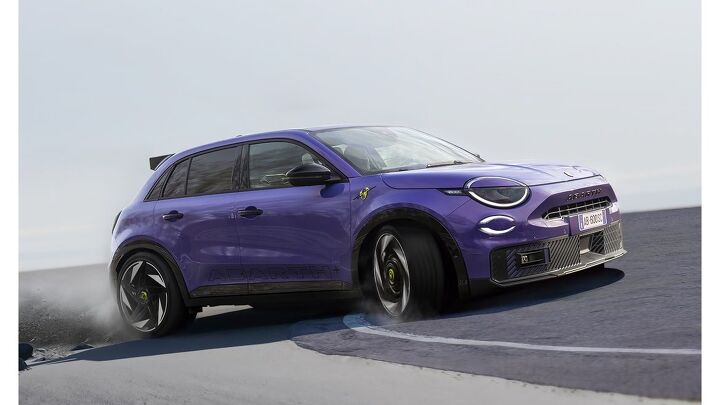
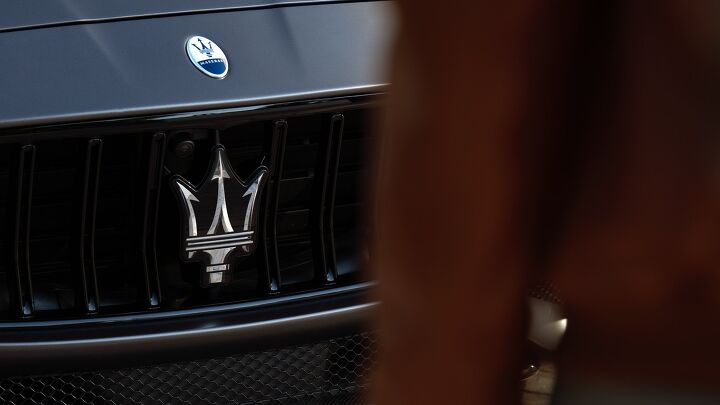

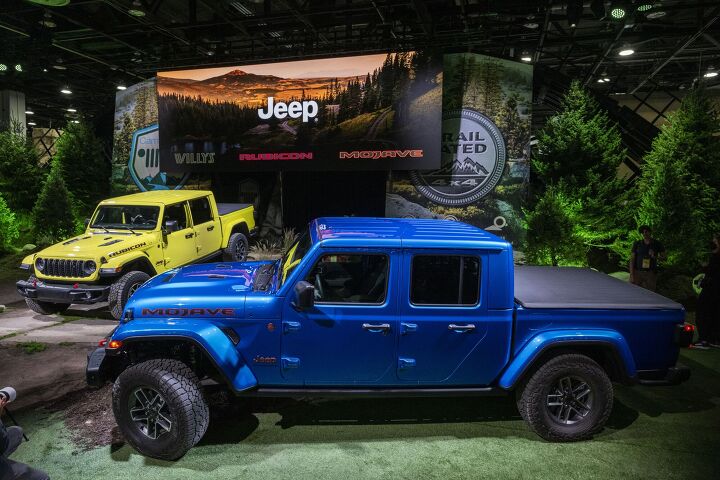
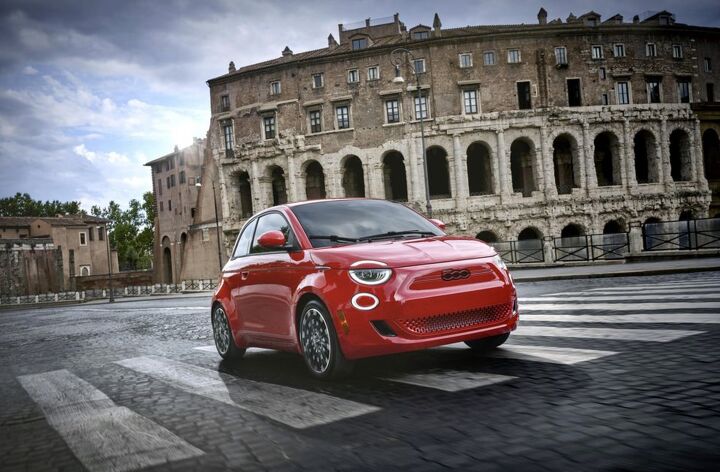


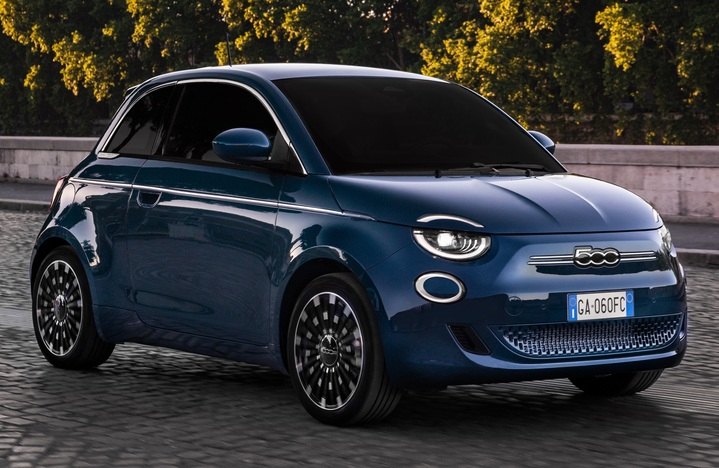

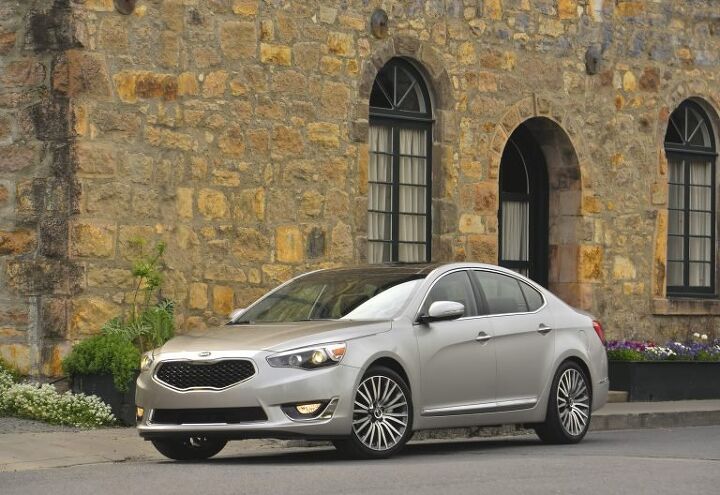
















Recent Comments